Podcast: Play in new window | Download
Hey, check out this conference… It’s called the “Live It Forward ADVANCE” conference, with Kent Julian. (He has one of the most inspiring new podcasts that I’ve found recently.
I’m planning to be there (in Duluth, Georgia,) in 2 weeks, November 10, 11, and 12.
Why am I telling you this? Because I would love to see you there… and I think you would find it valuable.
Do you want to get your instrument rating? Commercial pilot certificate? Maybe a better airplane? Or something else? Whatever it is that you’ve been “dreaming” about doing, that you want to actually put into action… this conference is all about helping us to do that.
Check it out here: http://liveitforward.com/advance-2016/
I figured if even one or two listeners of the “Airplane Owner Maintenance” podcast came to the conference, that would be really great.
AND, one of the speakers at the conference is Brian Holmes, someone that I also respect a lot, and he is a pilot who loves to talk about airplanes and aviation! He also has a fantastic podcast called “The Strategic Leader” podcast.
So… listen to today’s episode, go to http://liveitforward.com/advance-2016/, and check out the conference, and register, with the discount code “JILL” (all caps,) and you can get $50 off the conference price.
AND… listen to today’s episode for another offer I gave for connecting with me personally at that conference.
Thanks for considering this… If you decide to come, I am quite sure you will not be disappointed!
And now for the “Airplane Maintenance” portion of today’s episode:
Yep… those are twisted control cables.
And, nope… they should not be that way.
I found this during an annual inspection this past week on a Cessna P210, under the baggage compartment floor.
And earlier this year, I found a frayed aileron control cable on a Cessna 414, but it was not by seeing it at first. The first thing I noticed was a strange noise when I moved the left aileron up and down.
Check out this video:
That noise prompted me to look inside the wing and eventually find the frayed cable where it was rubbing across the fairlead.
So, here are a few of my recommendations for today (some of which I’ve probably covered before in previous episodes, but are worth repeating:)
- Take your airplane to a different inspector occasionally! I’m not trying to point a finger at anyone… these two airplanes, with the twisted control cables, and the frayed cable, had been last inspected by reputable shops and inspectors. I’m just saying the more inspector eyes you can get on your airplane, within reason, the better.
-
Consider doing an owner-assisted annual inspection.
-
Be inquisitive… open some extra panels that perhaps have not been opened in a long time.
-
Use your eyes, AND ears, for inspecting, and noticing, issues.
And if you do these things, hopefully it will help you to avoid having a maintenance issue lurking un-noticed, in your airplane.
Thanks for listening today, and remember, if you register for the Live It Forward ADVANCE conference, you can get a discount by using the code JILL when you check out. You can register here: http://liveitforward.com/advance-2016/
Have a great week!
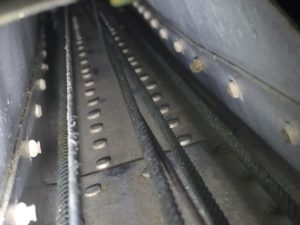
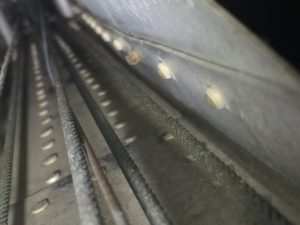
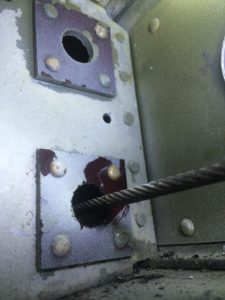
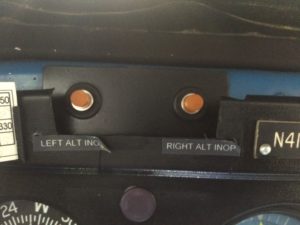



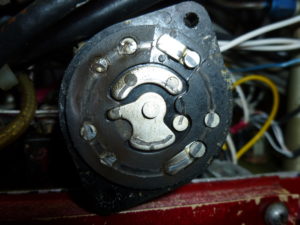
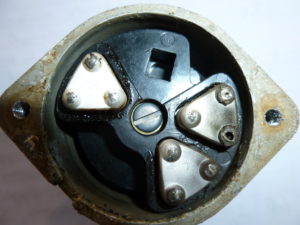


Recent Comments